Imagine a world of endless darkness, where sunlight never reaches and the air is cool and damp. In this hidden realm, deep beneath the surface of Texas, an extraordinary creature has carved out a life against all odds. The Texas Blind Salamander, with its ghostly white skin and hauntingly vacant eyes, is a living mystery—one that has adapted to a world few ever see. Its story is one of survival, resilience, and the remarkable beauty of evolution in the face of extreme isolation.
A Life Shrouded in Darkness
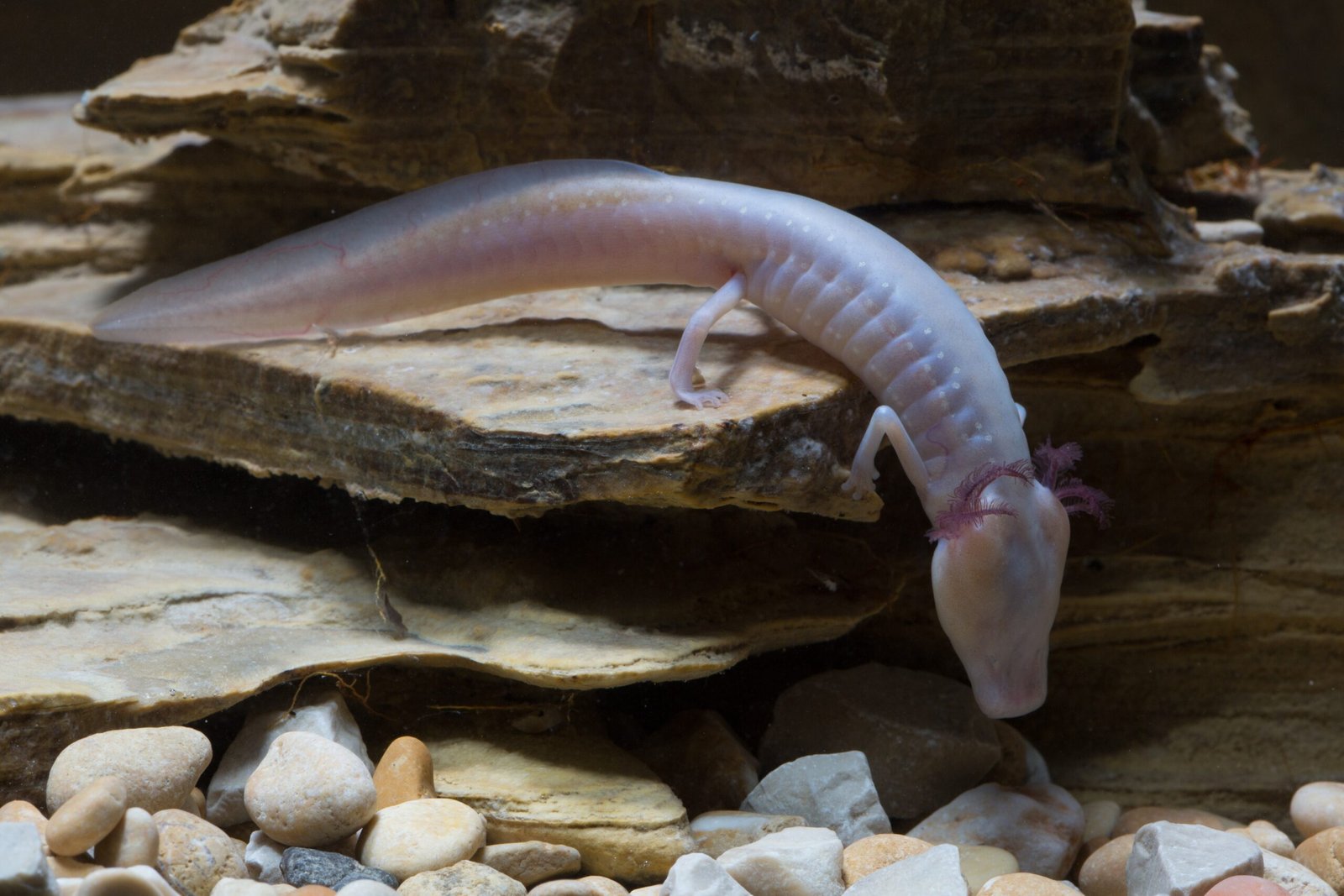
The Texas Blind Salamander spends its entire life in complete darkness, far below the bustling world above. Unlike most animals, it never sees the sun, nor does it experience the changing seasons. Living in the intricate limestone caves of the Edwards Aquifer, this salamander’s world is one of perpetual night. Its pale, almost translucent body is a direct result of this shadowy existence. Lacking pigmentation, the salamander seems almost ethereal, a ghost swimming through underground rivers. The absence of light has shaped not only its appearance but also its remarkable abilities to sense and survive in an environment so alien to us.
The Marvel of Lost Eyesight

Perhaps the most defining feature of the Texas Blind Salamander is its total lack of functional eyes. Instead of seeing, it relies on other senses to find food and avoid danger. Over countless generations, its eyes have become small, hidden beneath its skin, and completely useless for vision. This might seem like a disadvantage, but in the pitch-black depths of the aquifer, sight offers little benefit. Instead, the salamander uses heightened senses of smell, touch, and vibration detection to navigate its watery home. It’s a breathtaking example of evolution at work, where losing something as vital as sight can become a powerful adaptation.
Unique Adaptations for Survival

The Texas Blind Salamander is perfectly tailored to its cave-dwelling lifestyle. Its long, slender body allows it to glide effortlessly through narrow crevices and tunnels. Feathery external gills, which sprout like delicate red branches from either side of its head, enable it to extract oxygen from the water, a necessity in the low-oxygen environment of underground streams. Its slow metabolism helps it survive in a habitat where food is scarce and conditions can change unexpectedly. These adaptations make it a true master of survival, thriving where few others could endure.
The Hidden World of the Edwards Aquifer
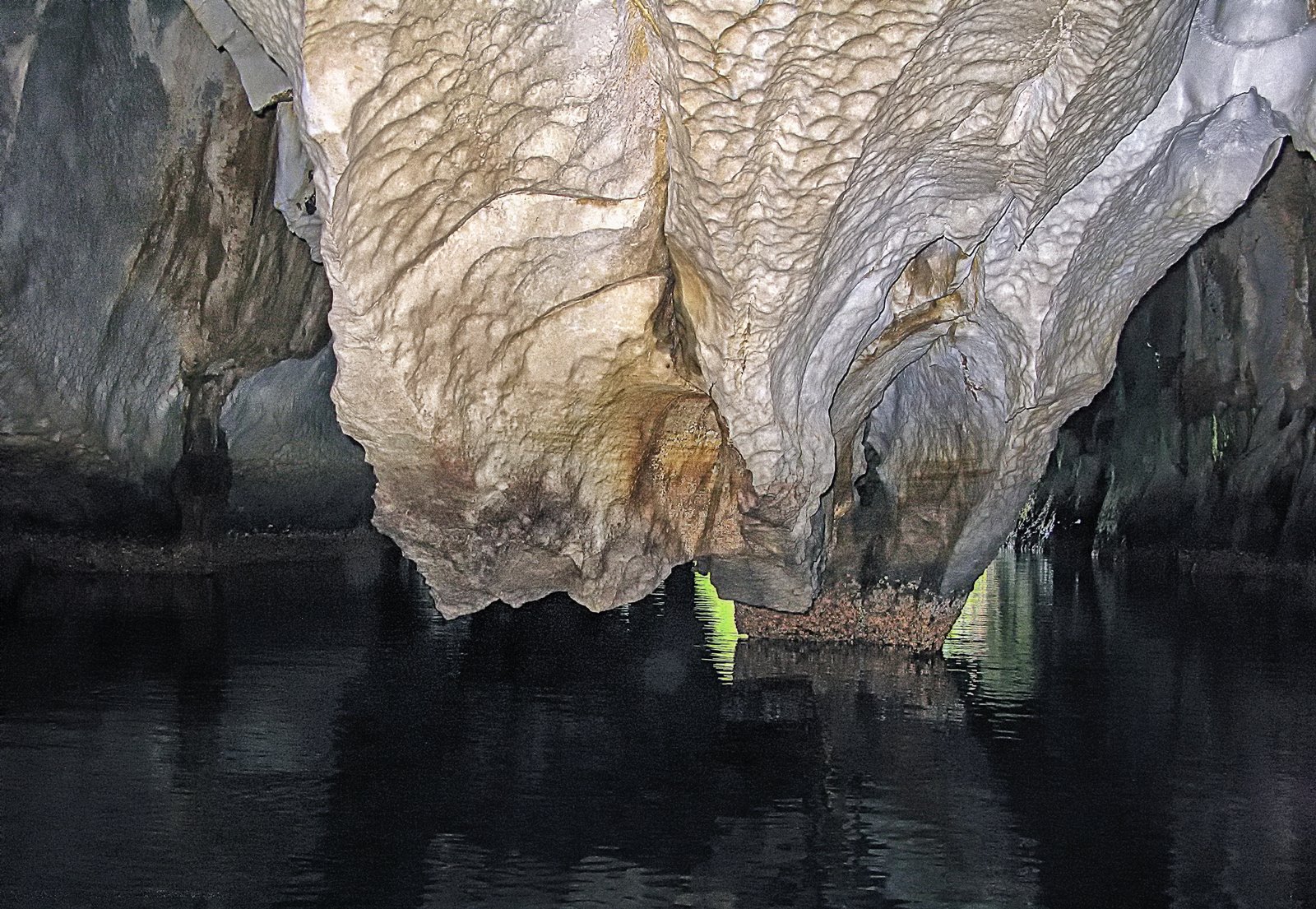
The Edwards Aquifer is more than just a water source—it’s a vast, labyrinthine system of caves, tunnels, and underground rivers. Stretching beneath central Texas, this aquifer provides not only a home for the Texas Blind Salamander but also drinking water for millions of people. The aquifer’s unique geology creates isolated pockets where different species can evolve in total seclusion. Within these watery corridors, the salamander shares its world with other cave-adapted animals, each with their own set of survival skills. The aquifer’s hidden ecosystem is a reminder of the incredible diversity that exists beneath our feet.
Feeding in the Dark
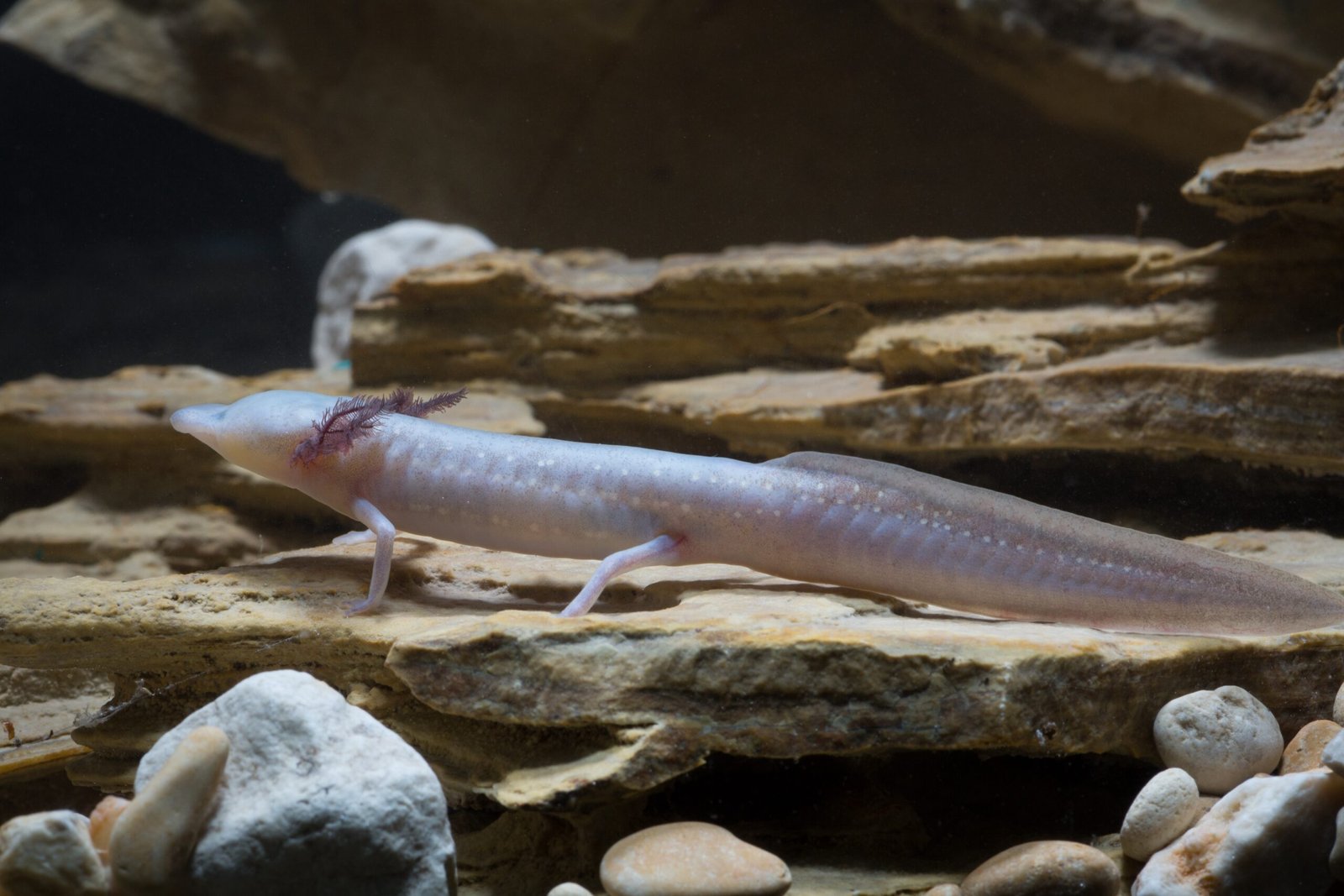
Finding food in the depths of the aquifer is no easy task. The Texas Blind Salamander feeds primarily on tiny aquatic invertebrates, such as small shrimp, snails, and amphipods, which drift through its underground habitat. Without vision, it relies on its sensitive skin and acute chemical detection to locate prey. Its slow, careful movements help it conserve energy and increase its chances of capturing a meal. Sometimes, when food is scarce, the salamander can go for extended periods without eating, relying on its slow metabolism to get by. This ability to adapt to feast and famine is key to its survival.
Fragile Existence in a Changing World
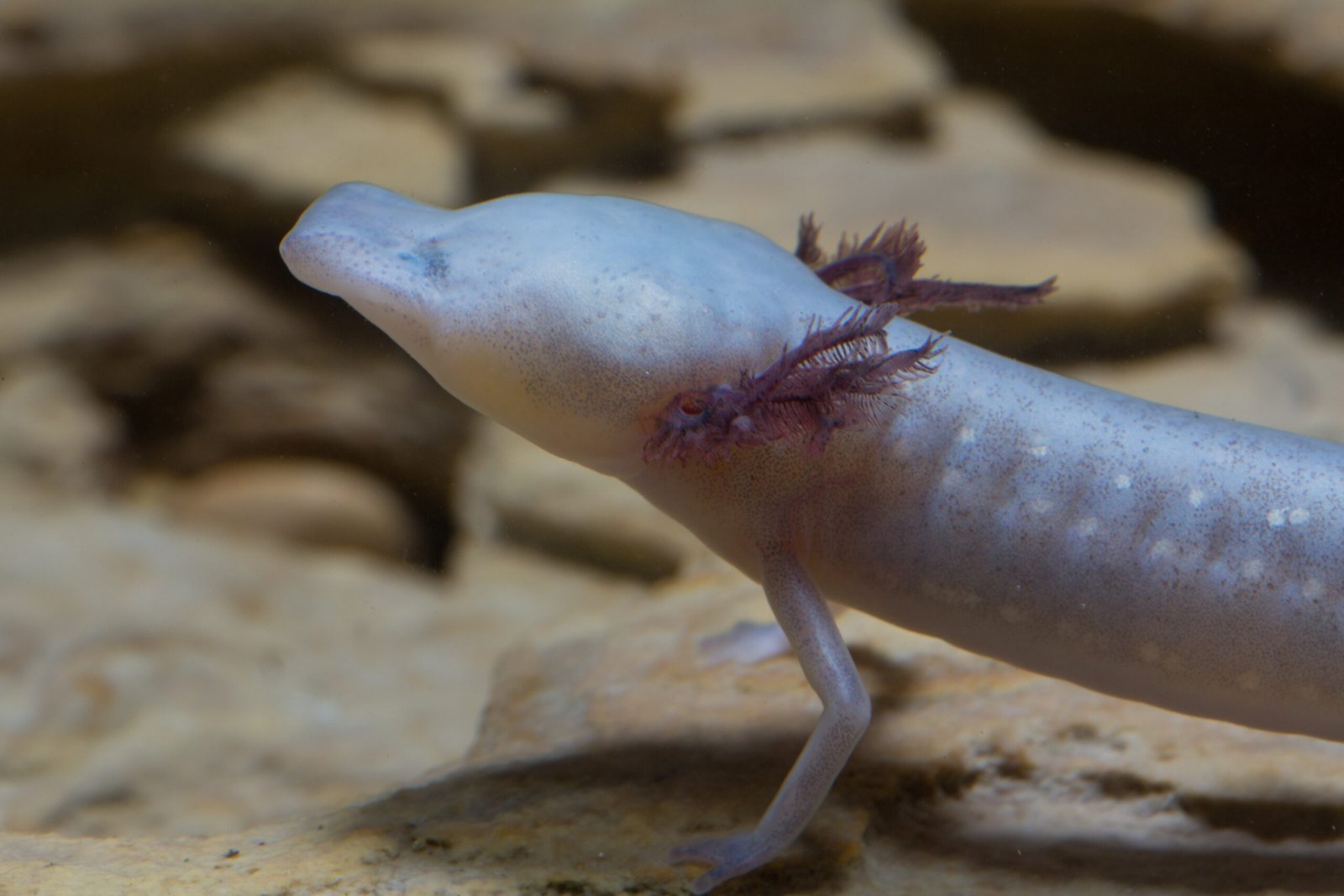
Despite its incredible adaptations, the Texas Blind Salamander lives on a knife’s edge. Its entire population is confined to a small, fragile area within the Edwards Aquifer. Any changes to the aquifer—such as pollution, groundwater depletion, or habitat disturbance—can have devastating effects. Because it is so specialized and isolated, the salamander cannot simply move to a new home if its environment is damaged. Its continued survival hangs in a delicate balance, making it a symbol of both resilience and vulnerability in the face of environmental change.
The Role of Conservation

Efforts to protect the Texas Blind Salamander are crucial, not only for the species itself but for the health of the entire aquifer ecosystem. Conservationists work to preserve the quality and quantity of water in the Edwards Aquifer, understanding that the salamander’s fate is intertwined with our own. Protecting this unique amphibian requires cooperation between scientists, policymakers, and the community. It’s a reminder that the smallest creatures often depend on our biggest decisions. Every drop of clean water and every protected cave brings hope for the salamander’s future.
Scientific Curiosity and Study
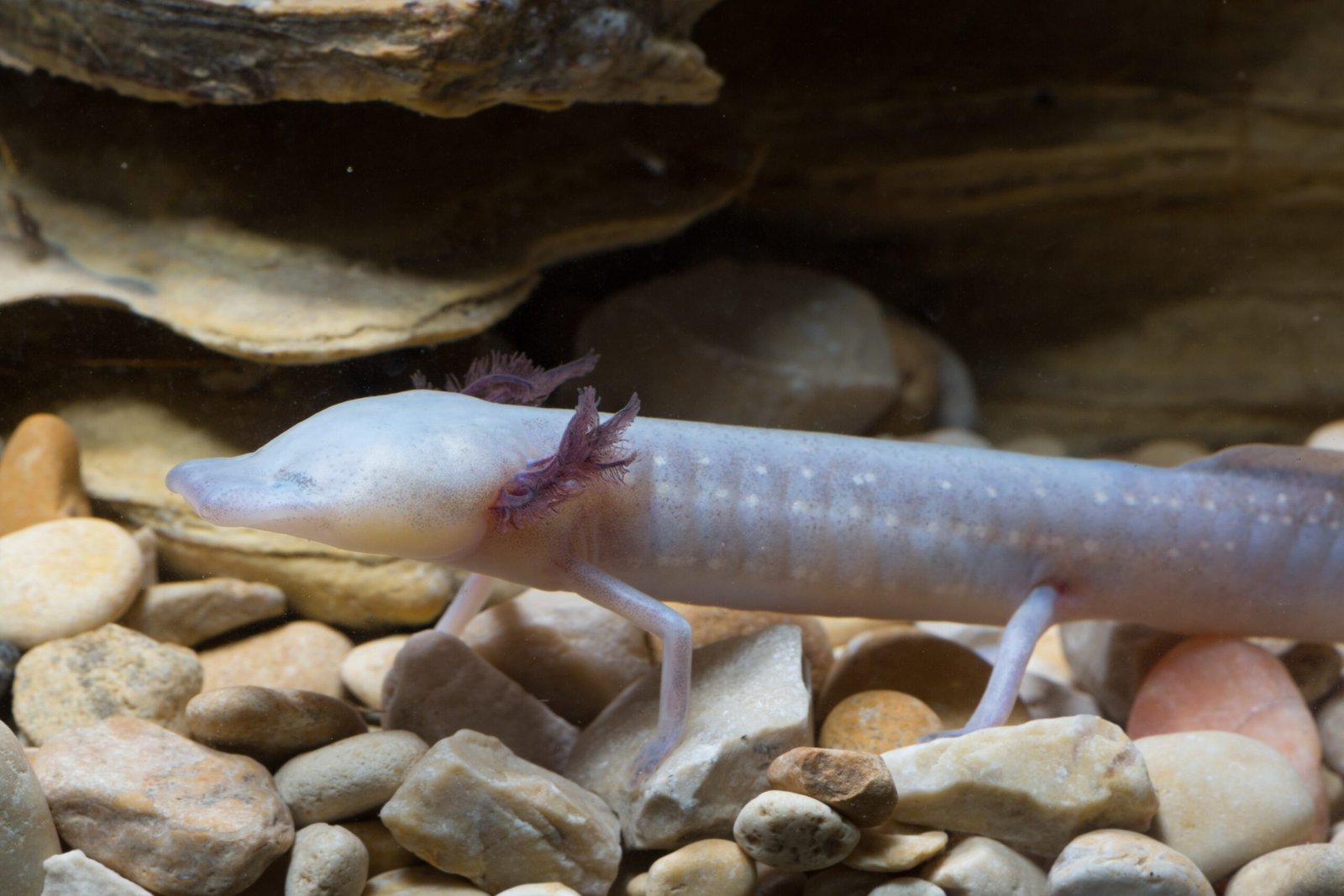
Scientists are fascinated by the Texas Blind Salamander, not just for its appearance, but for what it can teach us about evolution, adaptation, and the delicate interconnectedness of ecosystems. Researchers study its genetics, physiology, and behavior to understand how life can thrive in such extreme isolation. These studies may also provide insights into human health and environmental sustainability. The salamander’s story continues to inspire curiosity and wonder, proving that even the most hidden creatures can capture our imagination.
A Symbol of Hidden Biodiversity
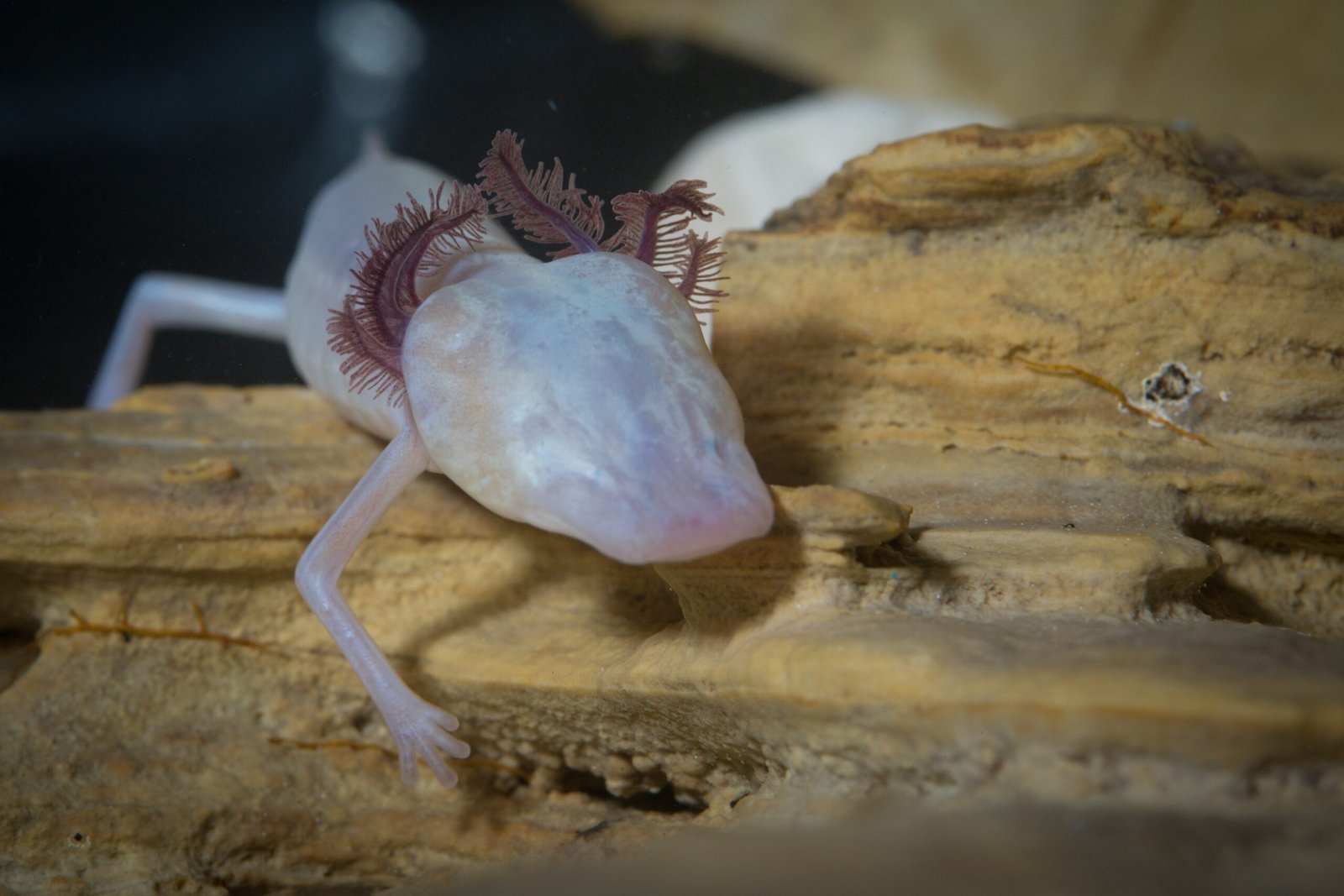
The Texas Blind Salamander represents the countless species that live in obscurity, out of sight but not out of importance. Its existence reminds us that much of our planet’s biodiversity remains unexplored and underappreciated. By shining a light on this rare salamander, we also draw attention to the need to protect all forms of life—especially those that dwell in the planet’s darkest corners. This small, sightless amphibian stands as a silent ambassador for the countless wonders still waiting to be discovered.
Inspiring Awe and Action
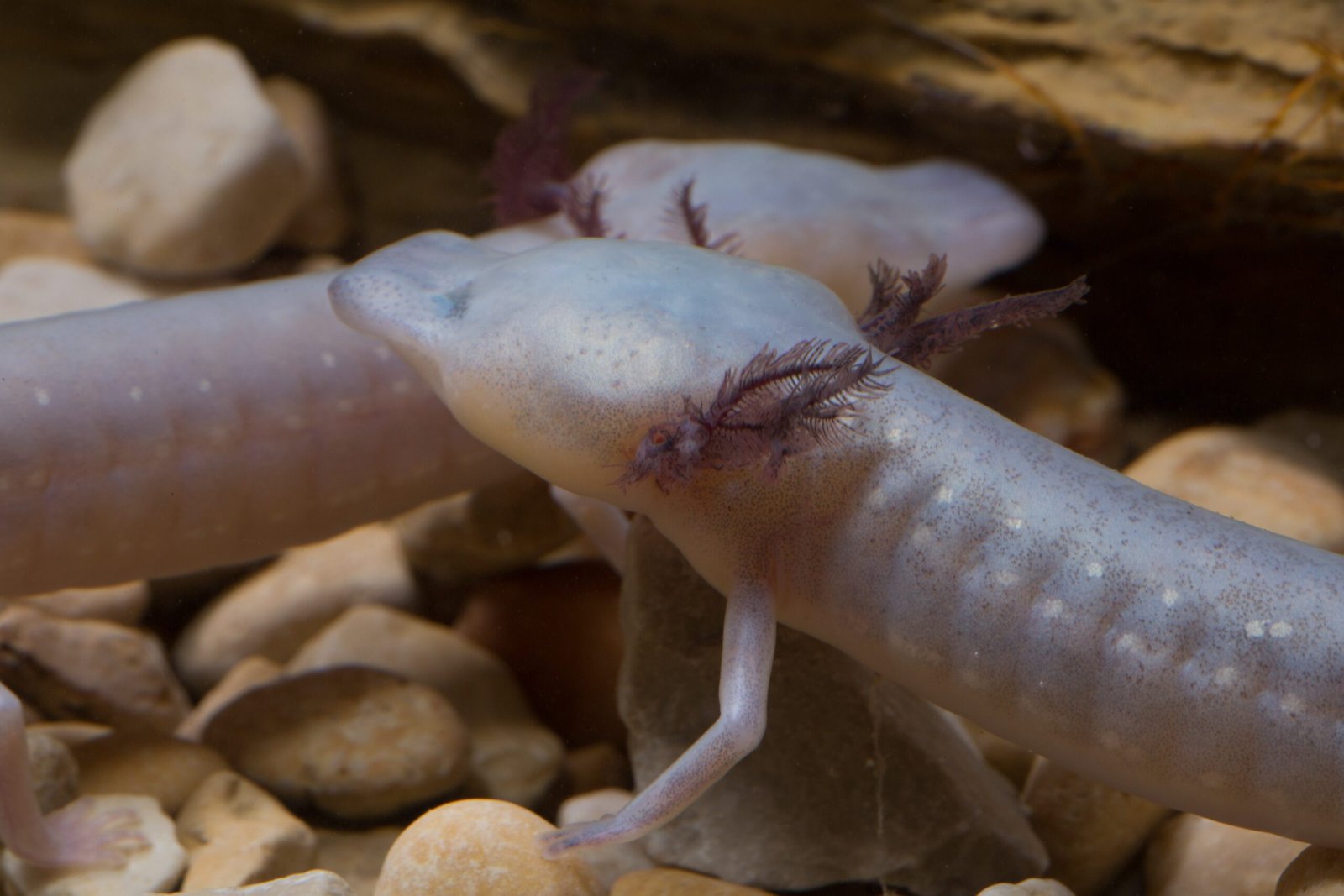
Encountering the story of the Texas Blind Salamander stirs a sense of wonder—a realization that life can flourish in the most unlikely places. Its resilience and beauty evoke both admiration and a sense of responsibility. Protecting such a rare and specialized creature is not just about saving one species; it’s about valuing the intricate web of life that sustains us all. Will future generations marvel at the Texas Blind Salamander or remember it as a lost wonder? The answer depends on the choices we make today.



